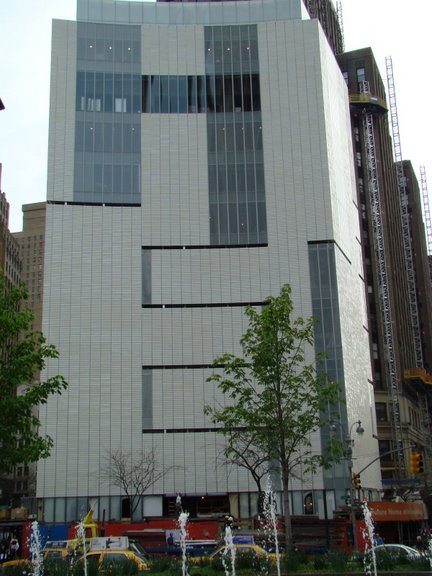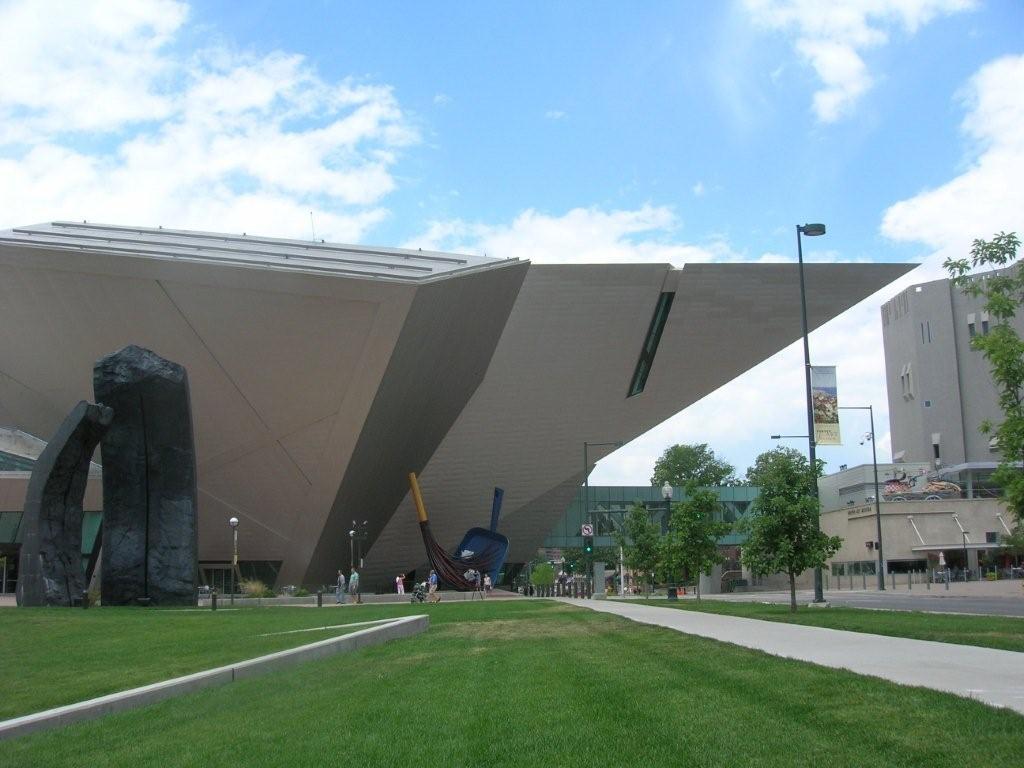 So we will continue our meditation on the connection between art and money. Which really, we hate to do — the connection makes things messy in so many ways, and when we are thinking about the connection we aren’t thinking about the art. But we are thinking about the conditions that make art possible, for better or worse, so we will persevere, at least through a series of related links.
So we will continue our meditation on the connection between art and money. Which really, we hate to do — the connection makes things messy in so many ways, and when we are thinking about the connection we aren’t thinking about the art. But we are thinking about the conditions that make art possible, for better or worse, so we will persevere, at least through a series of related links.
First, of all, Bloomberg’s Lindsay Pollack notes that bankrupt investment bank Lehman Brothers has something on the order of 3,500 contemporary art works in its collection and wonders what will happen to it now. There must not be an accessible list of the art, because Pollack’s own list is rather sketchy — though it includes work by Louise Nevelson and Jasper Johns, not to mention Damian Hirst. But the article does give us a sense of the long history of the Lehman name in art circles — there is a Robert Lehman wing of the Metropolitan Museum of Art, after all, named after the grandson of the founder of the bank.
Closer to home, the Seattle Post-Intelligencer’s Regina Hackett notes the VERY close connection between the Seattle Art Museum and Washington Mutual, the huge savings and loan which is both under great financial pressure and looking for a buyer as we type this. The two share a building in downtown Seattle in a complex arrangement that the museum used to finance the extension, designed by Portland’s own Brad Cloepfil. The museum says it has its bases covered, no matter what happens to WaMu, but Hackett has found some folks who aren’t so sure.
Closer still, Art Scatter friend David Stabler, at The Oregonian, found out that the Oregon Symphony hasn’t detected any deterioration in the financial commitments of its patrons. This could be a “Planet Arts” phenomena (see post below), but it is encouraging, nonetheless. And he found the silver lining in all of this:
How many times have we heard that the arts should be run more like businesses? Well, Brian Dickie, General Director of Chicago Opera Theatre in Chicago (the small company, not Lyric Opera), hopes he never hears that again, “given what CEOs with MBAs from the major business schools have managed to do to some of the country’s largest financial institutions.”
All we can say is, sweet!
And finally, speaking of Brad Cloepfil, he’s at the heart of the beast in New York City, where his redesign of 2 Columbus Circle is unveiling. Another Scatter friend, Inara Verzemnieks, is there and she’s been posting about it on OregonLive and had a front page story about it in today’s Oregonian. For us the key quote came at the end (consider this a spoiler alert):
One of the criticisms that has been leveled at Cloepfil’s building is that it is not bold enough, not enough of a break with the past. But this blurring of past and present seemed to be what Cloepfil wanted. He seemed to like playing with the tension between what you thought you remembered — is that the lollipop building? — and what you now see. That it was possible for the two to occupy the same space.
“The ambiguity of memory,” he said. “Isn’t that sometimes the nature of cities?”
We’d much rather end with the ambiguity of memory than the ambiguity of money.
 The primary piece of writing on my reading list this weekend was Inara Verzemnieks’ profile of Brad Cloepfil, which was a hybrid of sorts, marrying facts about the architect and his buildings, but also offering an account of life on the ground inside those buildings and an approach to thinking about his work. It even gets, gulp, philosophical. I was a little too close to the process of this story to supply a full-fledged analysis of it, let alone a “judgment”, but it is the jumping off point for the rest of this post.
The primary piece of writing on my reading list this weekend was Inara Verzemnieks’ profile of Brad Cloepfil, which was a hybrid of sorts, marrying facts about the architect and his buildings, but also offering an account of life on the ground inside those buildings and an approach to thinking about his work. It even gets, gulp, philosophical. I was a little too close to the process of this story to supply a full-fledged analysis of it, let alone a “judgment”, but it is the jumping off point for the rest of this post.



